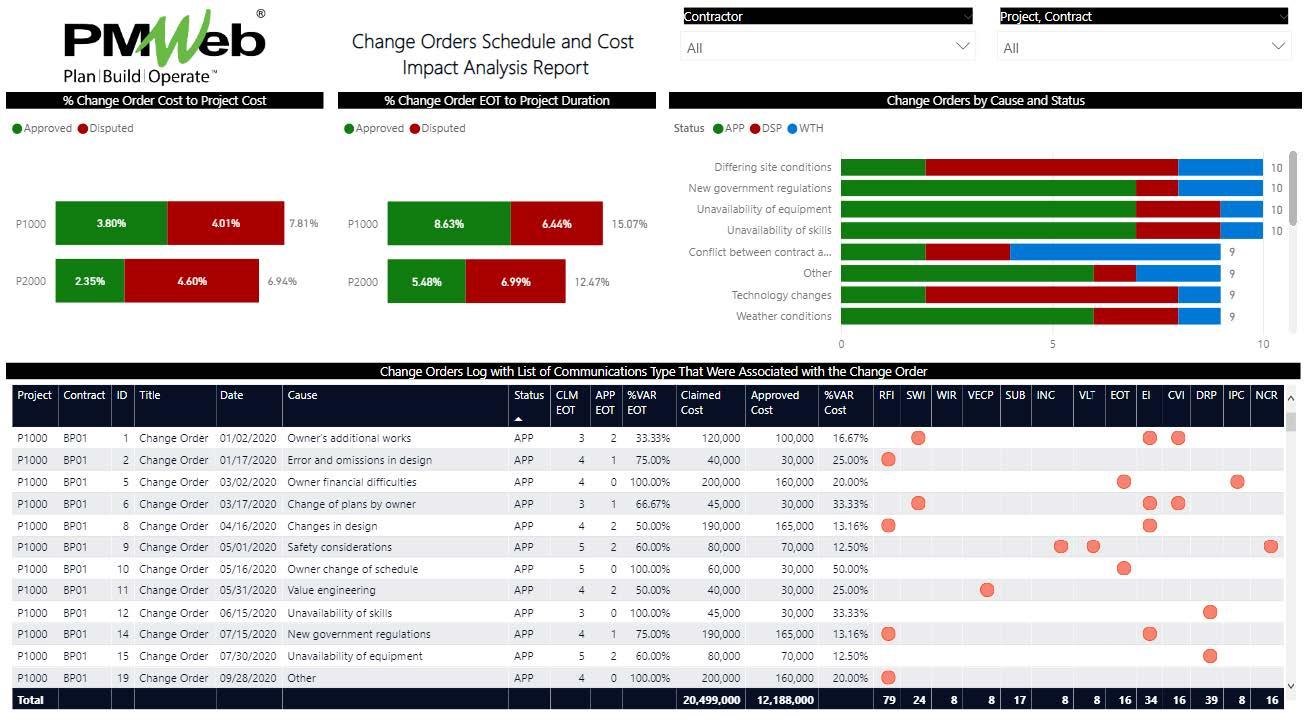For construction projects that project owners have either adopted a Project Management Information System (PMIS) or even a Document Management System (DMS) to enable formal collaboration between the project different parties, contractors could be faced with unprecedented threats if they wrongly assume that they will have access to the captured information similar to what project owners would have. Contractors need to understand that the project owner will be the ultimate decision-maker on what information can be shared with contractors that are if any to be shared. In addition, contractors need to understand that even if selected information was shared with them, the shared information will be in the format of archived information or for a time-limited period but without access to the PMIS or DMS platform used by the project owner. Contractors need to understand that for the captured information, the project owner is the ultimate owner.For the majority of capital construction projects where a PMIS or a DMS had been deployed, all transmitted formal communications continue to be required to be transmitted in the output format designed for the project. In other words, even if the information for a business process was accepted to be transmitted in an electronic format, a wet-signed or digitally signed-in the exact output form for the business process needs also to be attached. For a contractor, this means that the electronic information captured in those templates will be either captured in the project owner’s PMIS or DMS system or in MS Excel or MS Word file even if the contractor wrongly assumes that this will have the same value of information captured in the PMIS or even the DMS.
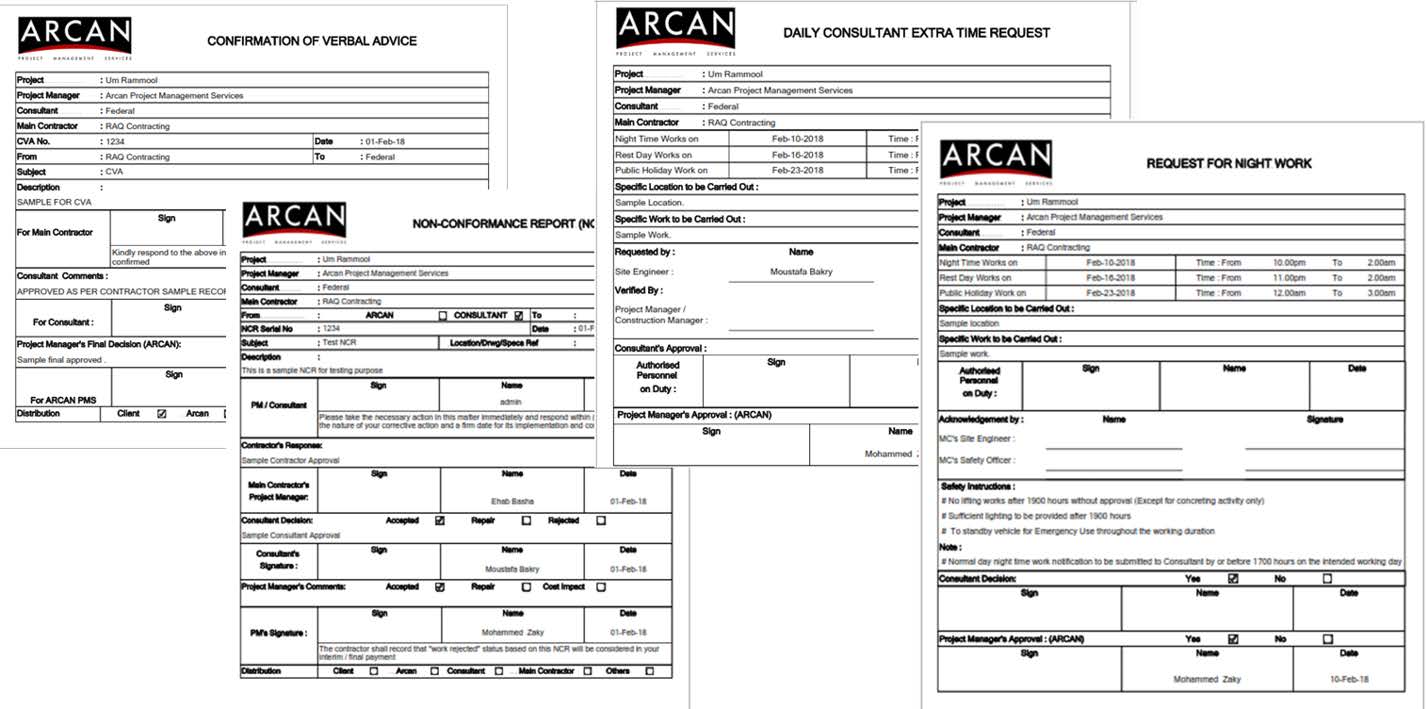
In other words, for projects’ where a PMIS or DMS is used, the contractor will end having some of the reported information in separate data silos being either in MS Excel and MS Word files. In addition, the contractor will miss having access to an electronic version of documents that were attached to each transaction. Nevertheless, the worse of all is that the contractor will not have access to the history of workflow tasks associated with those transactions to detail when those transactions were submitted, returned, resubmitted, approved, or rejected.
Those shortcomings will prevent the contractor from taking advantage of the many benefits that could have been realized should the contractor have access to the project information. Having access to project information will enable the contractor to analyze actual performance trends, determine actual productivity rates, support the analysis for extension of time requests, support claim notices submission, document lessons learned and share knowledge, communicate project’s performance status to internal stakeholders, support machine learning and artificial intelligence to list a few.Treating those threats requires the contractor to have a Project Management Information System (PMIS) like PMWeb to be used across their complete projects’ portfolio. To start with, the contactor needs first to use the PMWeb document management system to create a filing folder structure that is identical to the physical filing structure maintained at the construction site. Access rights to those folders will be set in accordance with the document access rights that the contractor wants to implement.
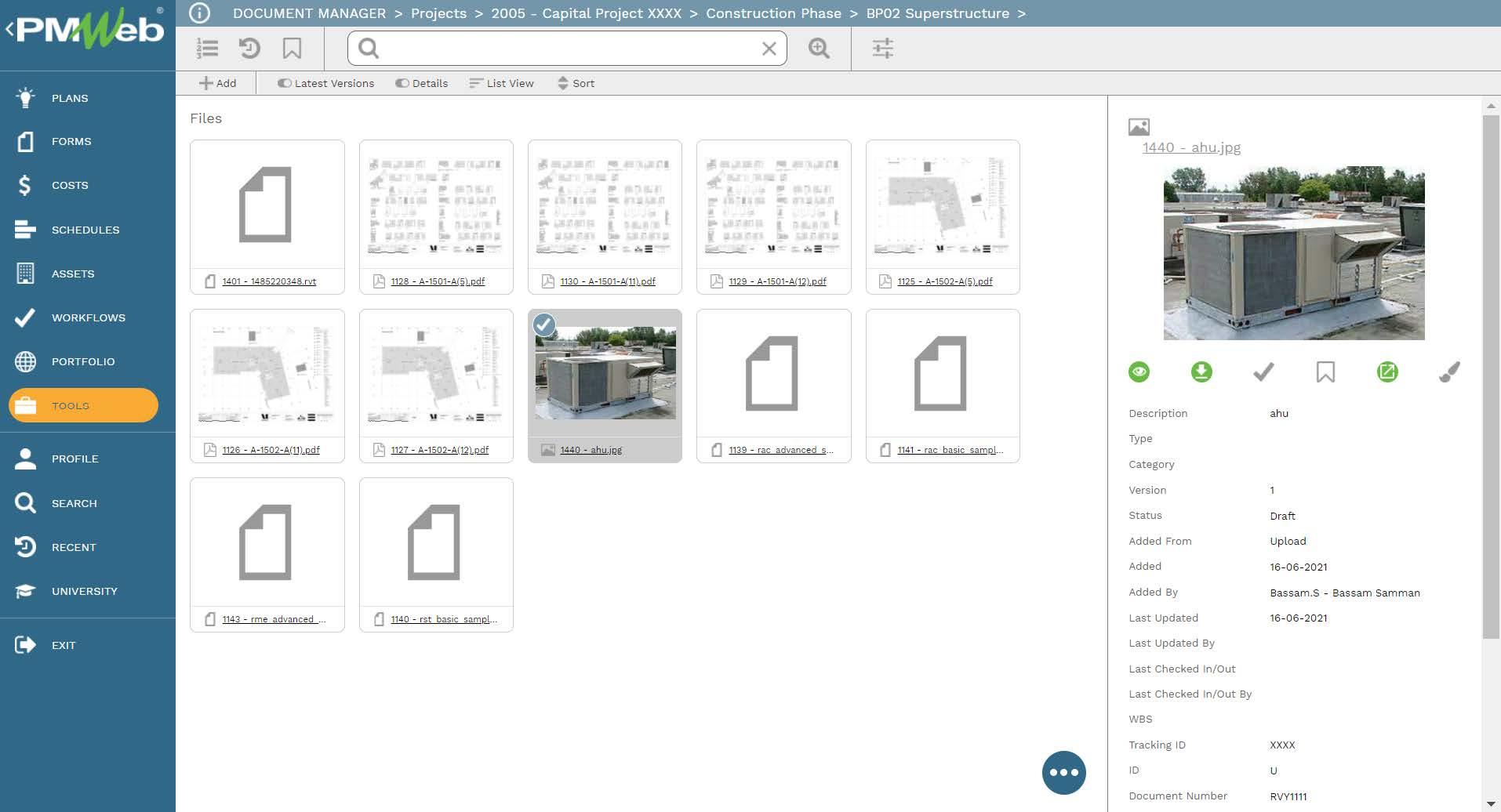
The next step is to scrap the MS Excel and MS Word templates used to create the output for the different formal and internal communications. Some of the input forms like those for Request for Information, Safety Incident, Daily Report, Interim Payment Certificates, Early Warning Notifications, Change Orders, and others are readily available in PMWeb. Most of them come ready with fields that are critical for the contractor to have like for example the link to the current project schedule activity. In addition, there is no limit to the number of new data fields to be added to those ready-to-use templates when needed.
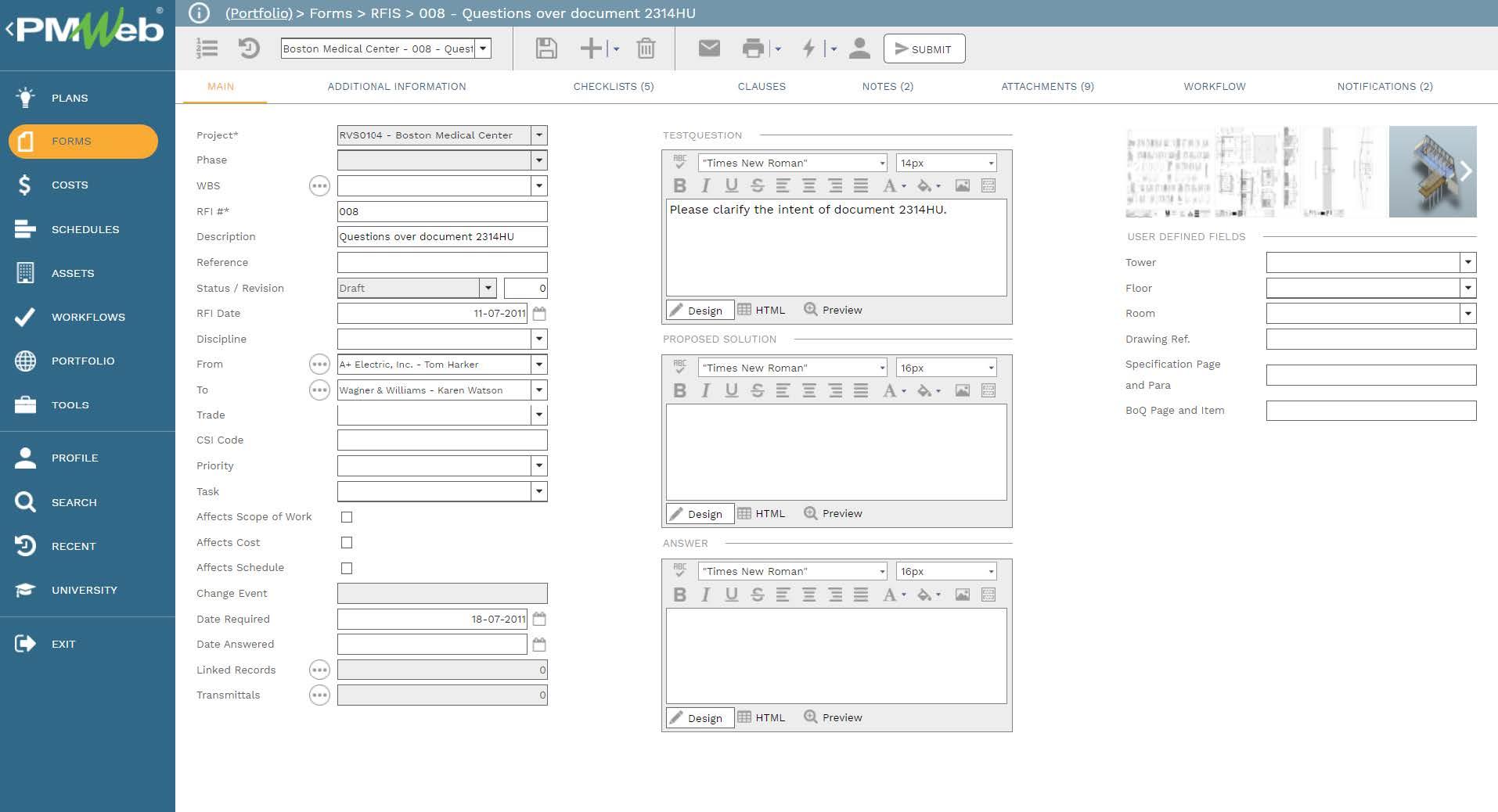
For other input templates that are not available in default in PMWeb, an input template can be created using PMWeb visual custom form builder. Those could be for Confirmation of Verbal Instructions, Non-Conformance Reports, Monthly Progress Reports, Work Inspection Requests, and many others. All those custom templates can be designed to include all needed fields and tables for the business process.
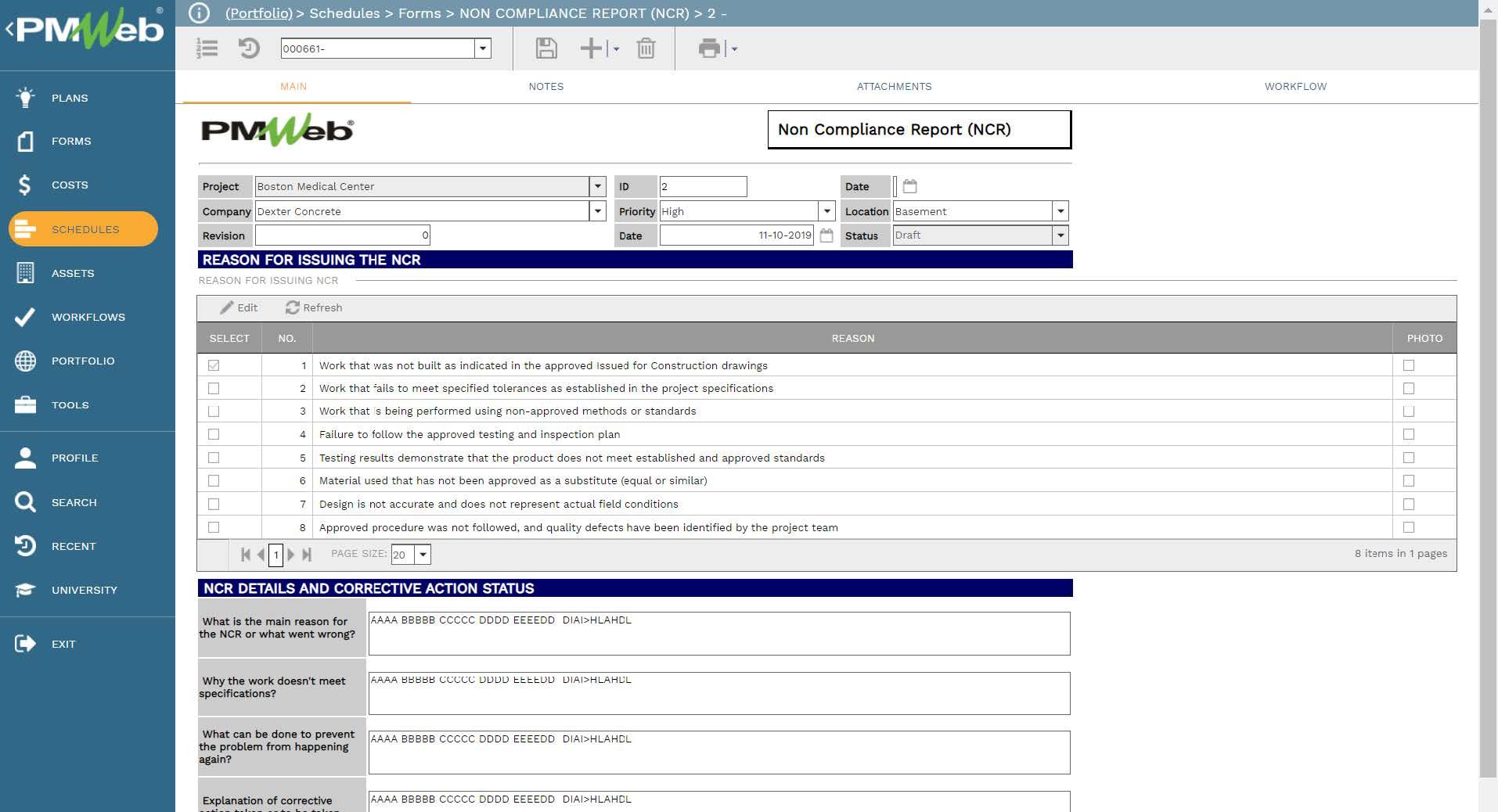
It should be noted that the input templates used in PMWeb will not be limited to the formal communication with the project owner team but should also include internal communications, formal or non-format as well as communications with subcontractors and suppliers. Those include default PMWeb templates like meeting minutes, budget, budget adjustment, subcontract agreements, potential changes, change orders, and progress invoices as well as custom templates for staff appraisal, time impact analysis, risk register checklists gate passes, and others.

Whether the input template was a default PMWeb input form or created using PMWeb visual custom form builder, or whether it was for communication with the project owner team or internal communications, attachments that were sent along with the transaction should be already uploaded into the document management repository, will be attached to the transaction. In addition, there is the option to link records of other relevant transactions of other business processes to the record.

To capture the history of each transaction either within the contractor’s own team or with the project owner team, each business process will be assigned a workflow to capture the details on who has created the record, by whom it was reviewed and approved internally, when it was submitted to the project owner team and when it was returned to the contractor either to resubmit or being approved. PMWeb also allows adding conditions to the workflow tasks to enforce the contractor’s internal approval authority levels as listed in the Delegation of Authority (DoA) matrix especially for transactions that have financial or contractual obligations. The status of those workflow tasks will be captured on the input form of each transaction of every business process template.
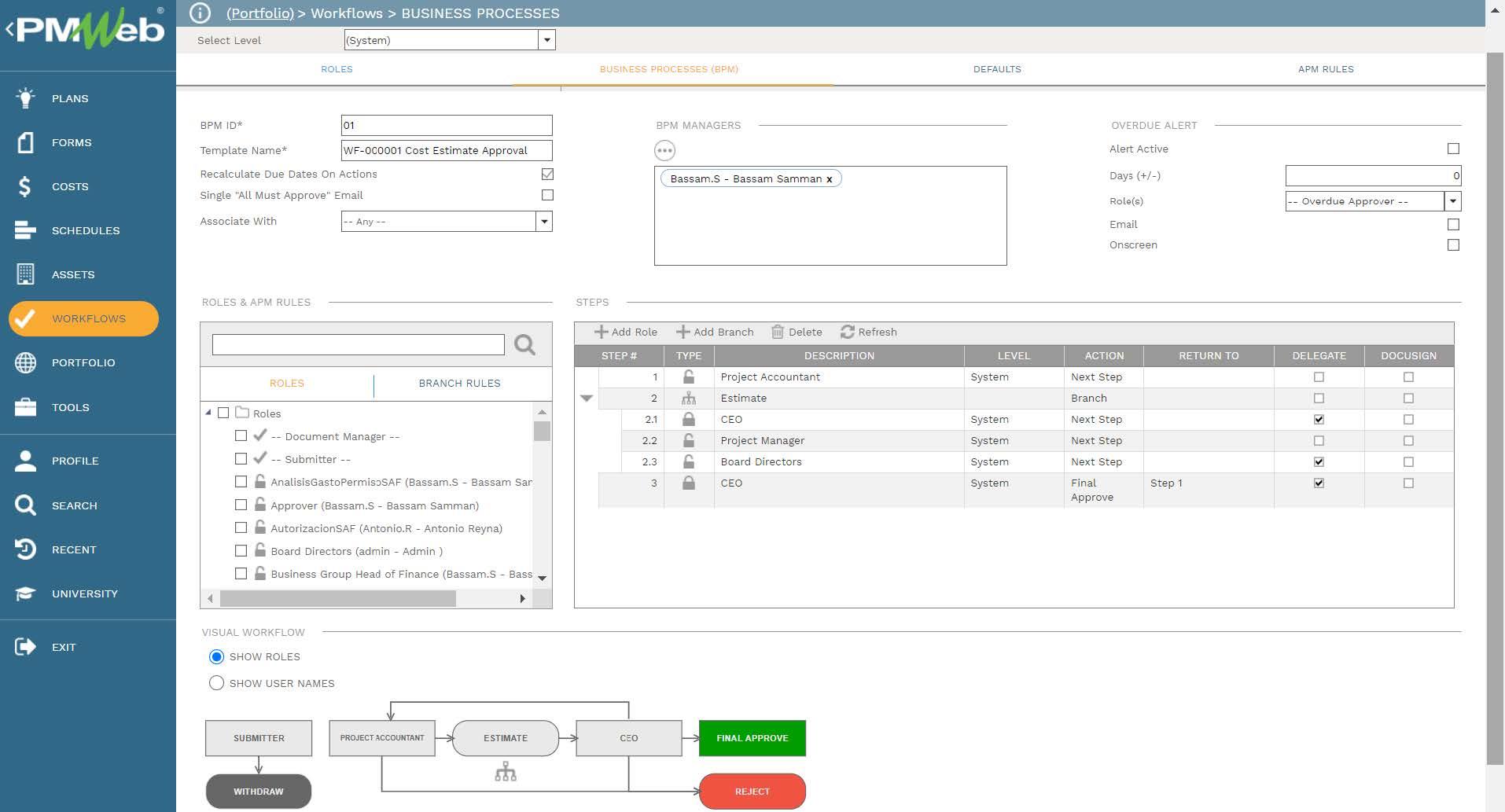
To communicate those transactions, PMWeb allows creating the output templates in the exact format required on each project for formal communications set for the project. The output can be also designed to automatically list all attached documents if needed. The output form can be printed and wet-signed or saved as PDF and be digitally signed. There is no limit to the number of output forms that can be created to any business process template to meet the formal communications requirements for all projects managed by the contractor.
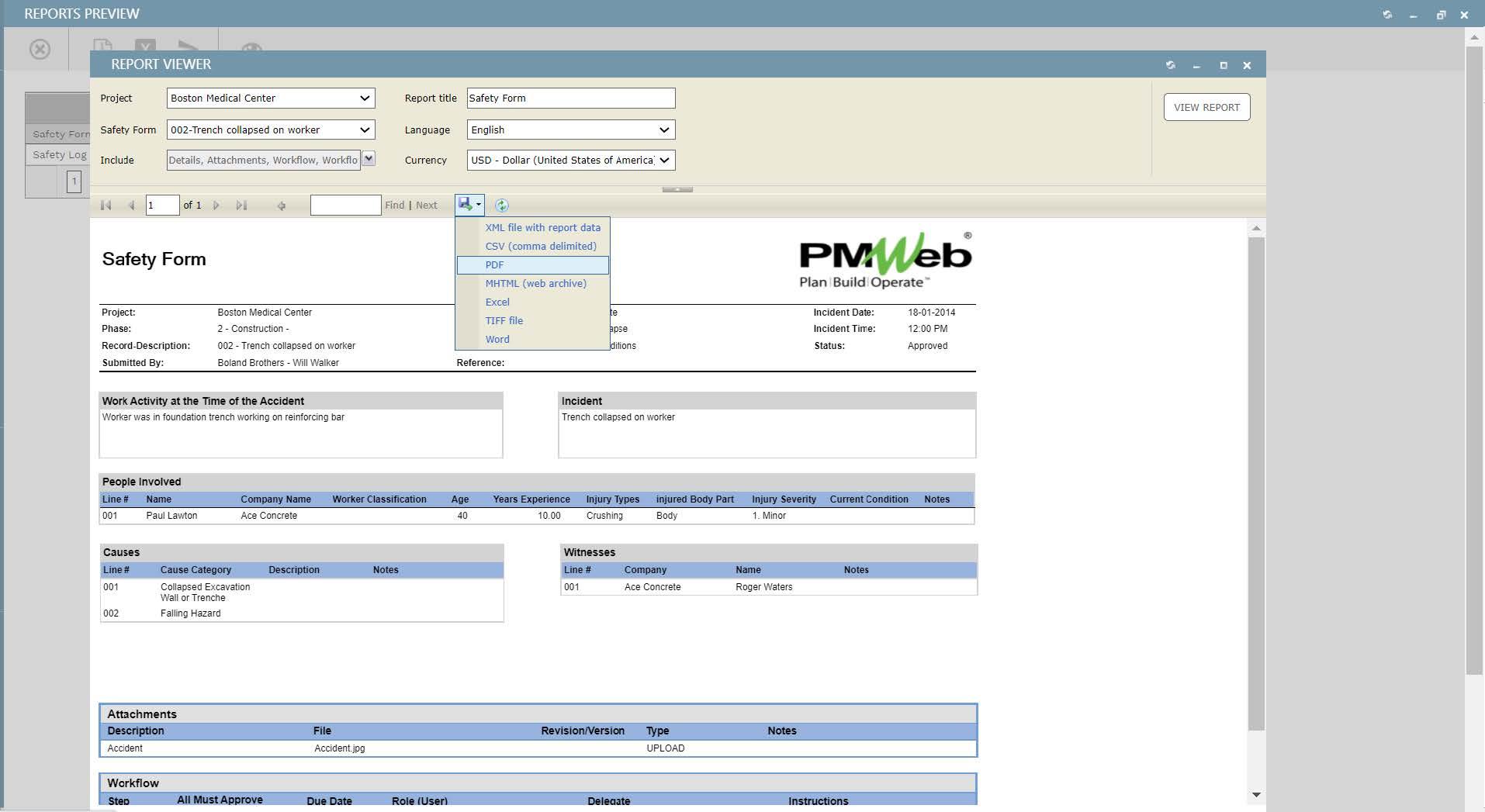
To improve the volume of captured project information, the contractor should also mandate that ad-hoc collaboration between the contractor’s own team members including those of subcontractors and suppliers need to be digitally captured. This will be achieved by creating a Kanban Activity Board for any of those meetings whether those meetings were done in person or virtual. PMWeb activity boards will be used to capture those ad-hoc gatherings like for example those for daily site coordination activities.
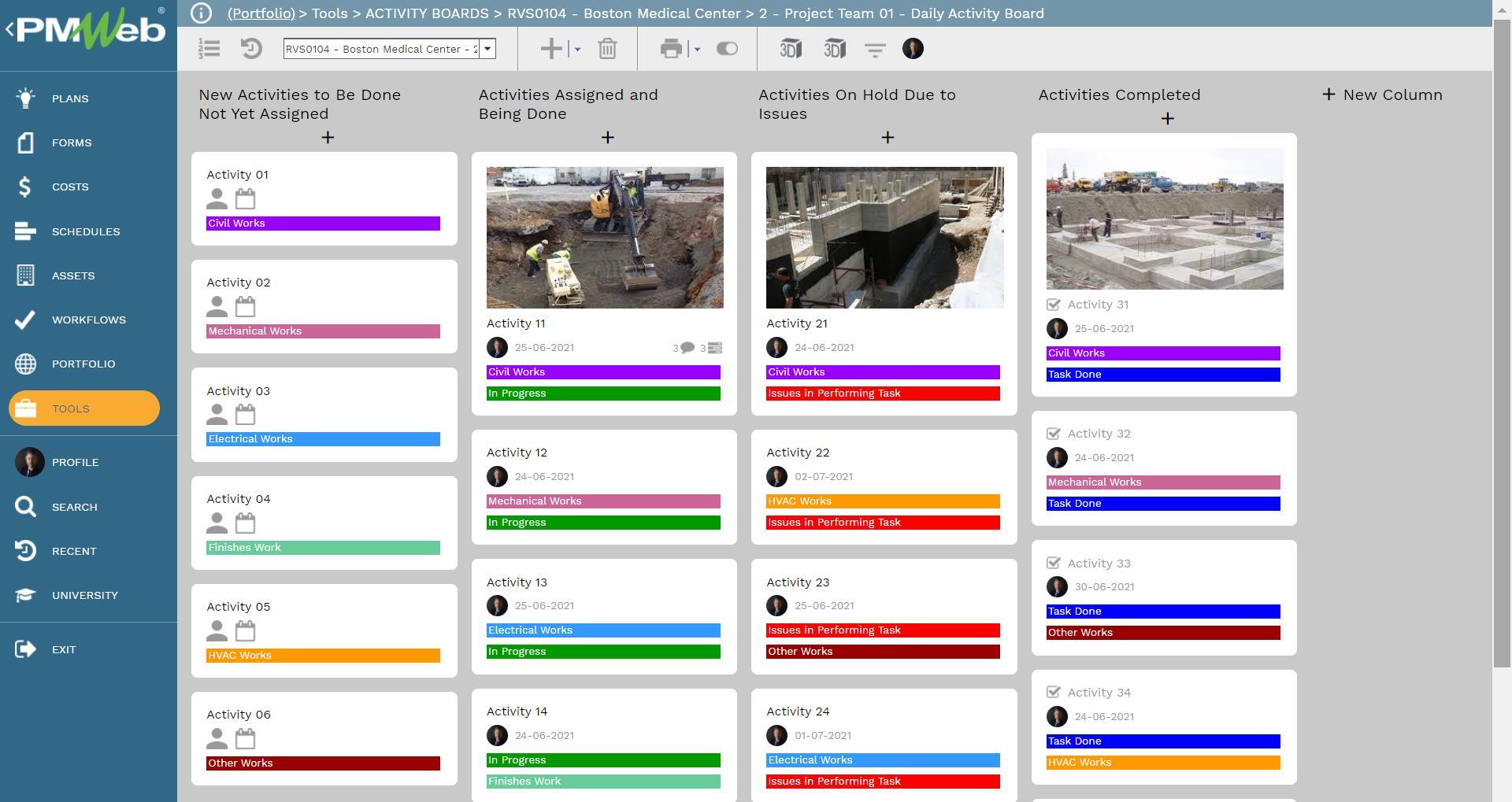
With the growing use of the project schedule to drive decisions on delay claims and extension of time requests, it becomes very critical for the contractor to ensure that all project communications are associated with their relevant project schedule activity. In other words, what would be the activity that might get delayed if a Request for Information was not responded to in a timely manner, or which activity could be impacted by the delayed approval of a submittal, or which activity was impacted by the disruption even that happened on the project. To be able to achieve this, PMWeb allows importing the monthly schedule update and make the activities available to be associated with any transaction of any business process.
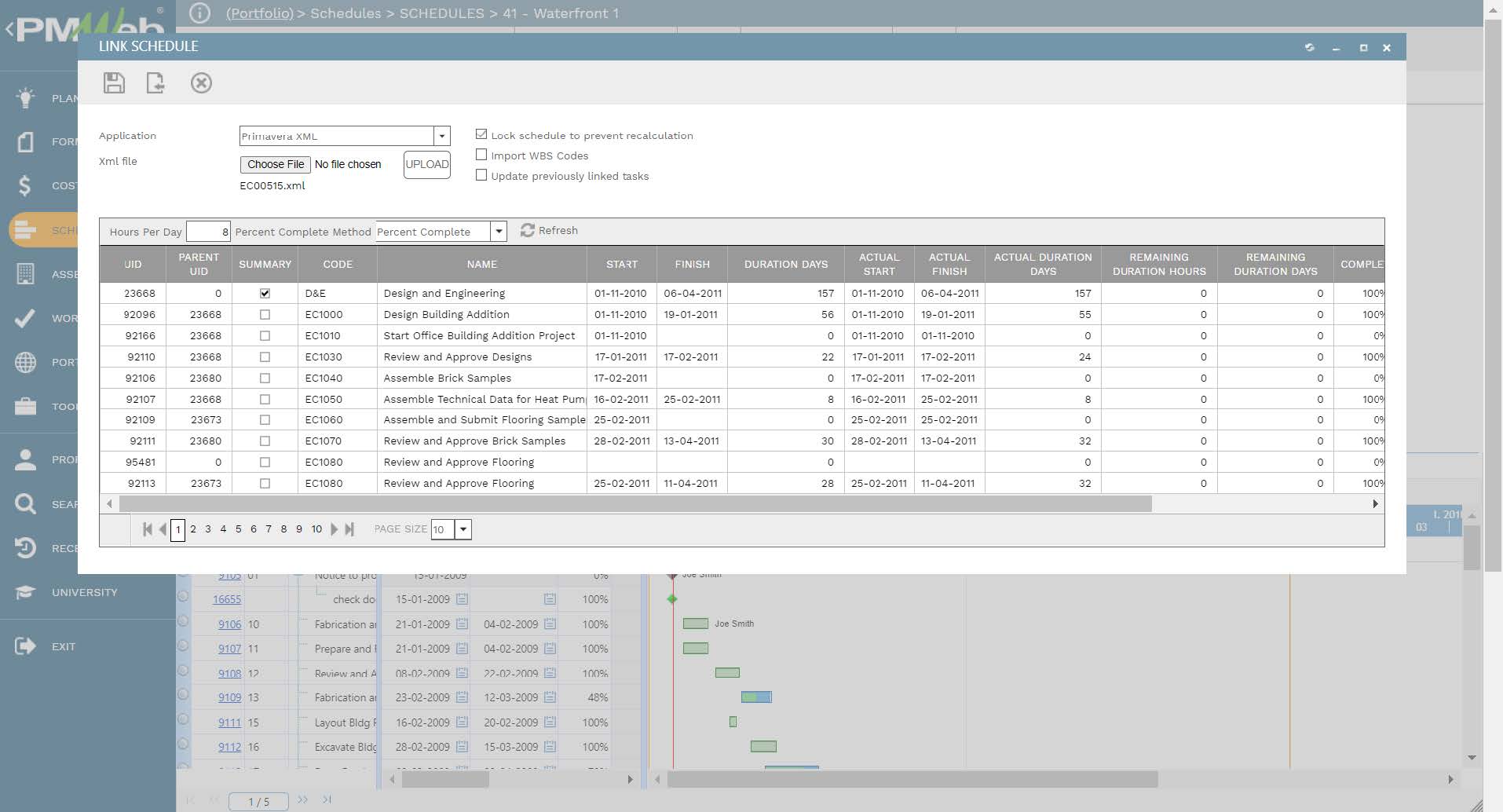
In addition, PMWeb provides the contractor to manage other business processes needed to deliver the project. These include for example the procurement of subcontractors and suppliers using PMWeb procurement and online bidding modules. In addition, the PMWeb prequalification module provides the contractor with a robust platform to manage the registration and qualification of subcontractors, vendors, and suppliers.
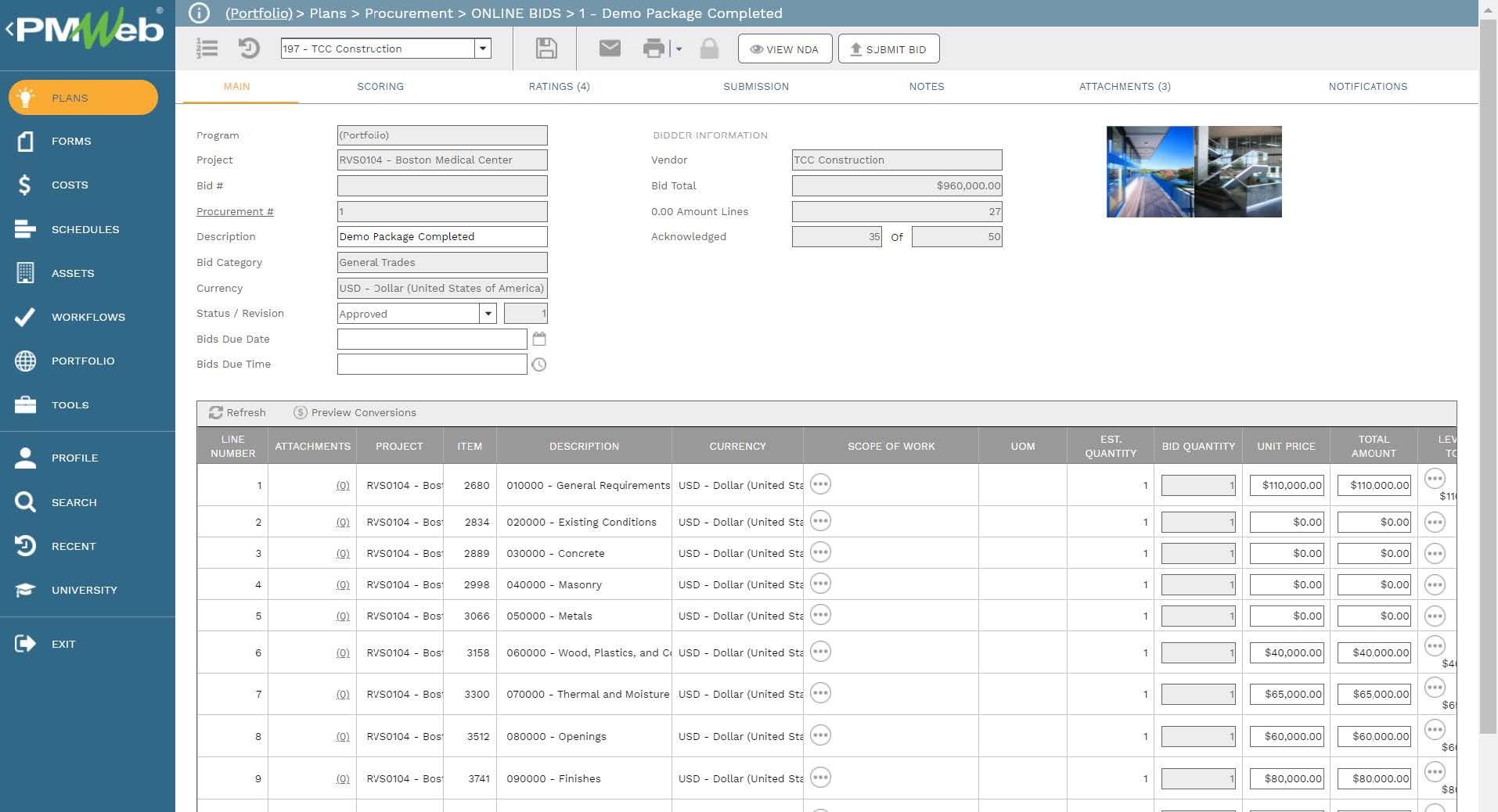
PMWeb will be also used as the platform for reporting the project’s performance to the project owner as well as for the contractor’s own team. Although the data captured in the different business processes can become the data source used for the monthly progress report, nevertheless, the contractor might also choose to create a monthly progress report to either completely be used to report the progress or to append the reported progress with narrative and analysis of achieved performance. PMWeb visual custom form builder will be used to create those progress templates.
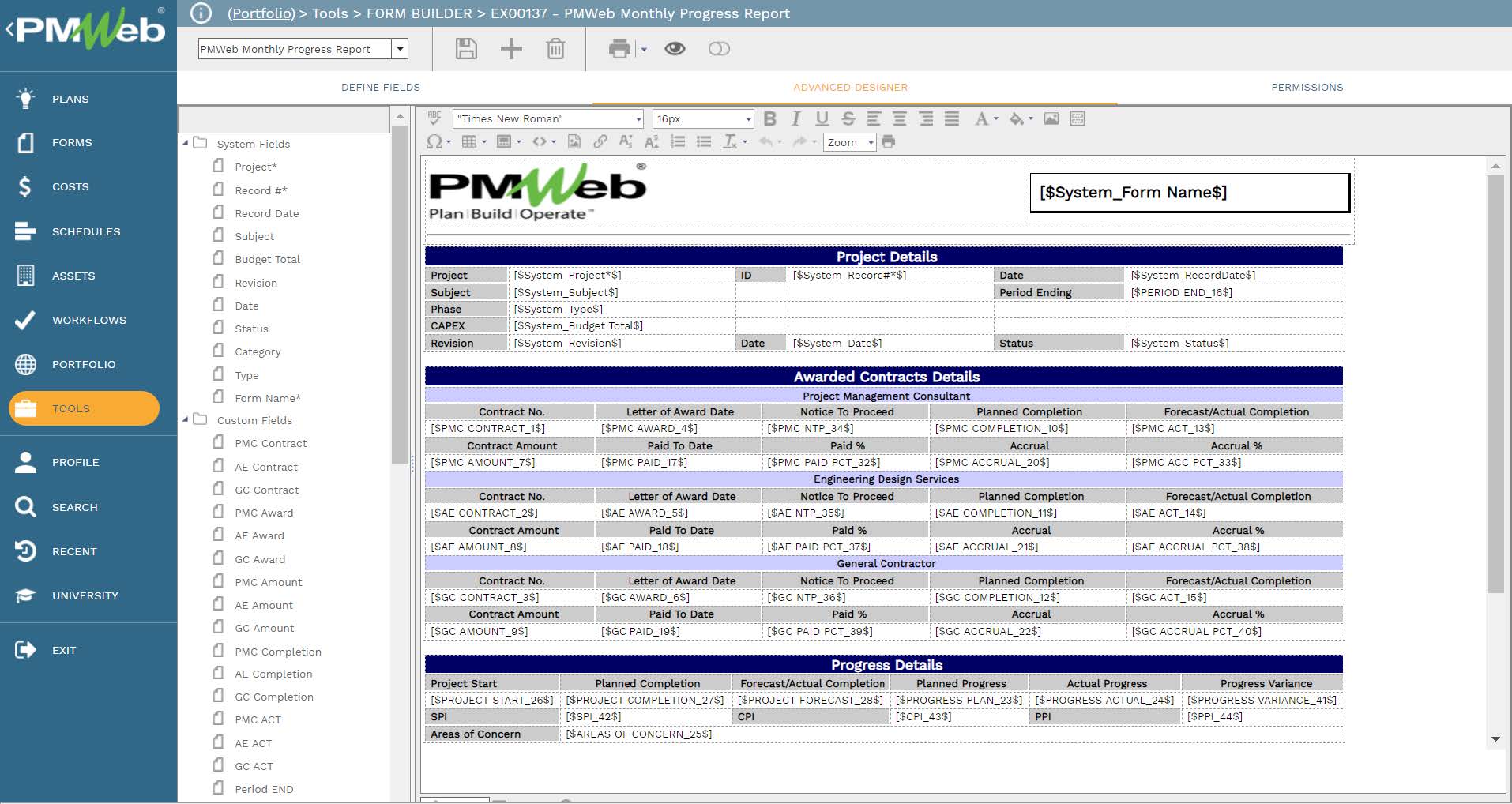
This captured information will become the basis for creating the monthly progress in the desired form and format which could differ from one project to another. The report could be designed to include progress photographs that were attached to the monthly progress report. The report will be designed to allow the reader to drill down for additional progress details when needed. Those reports can be printed, emailed, and saved in PDF file format.
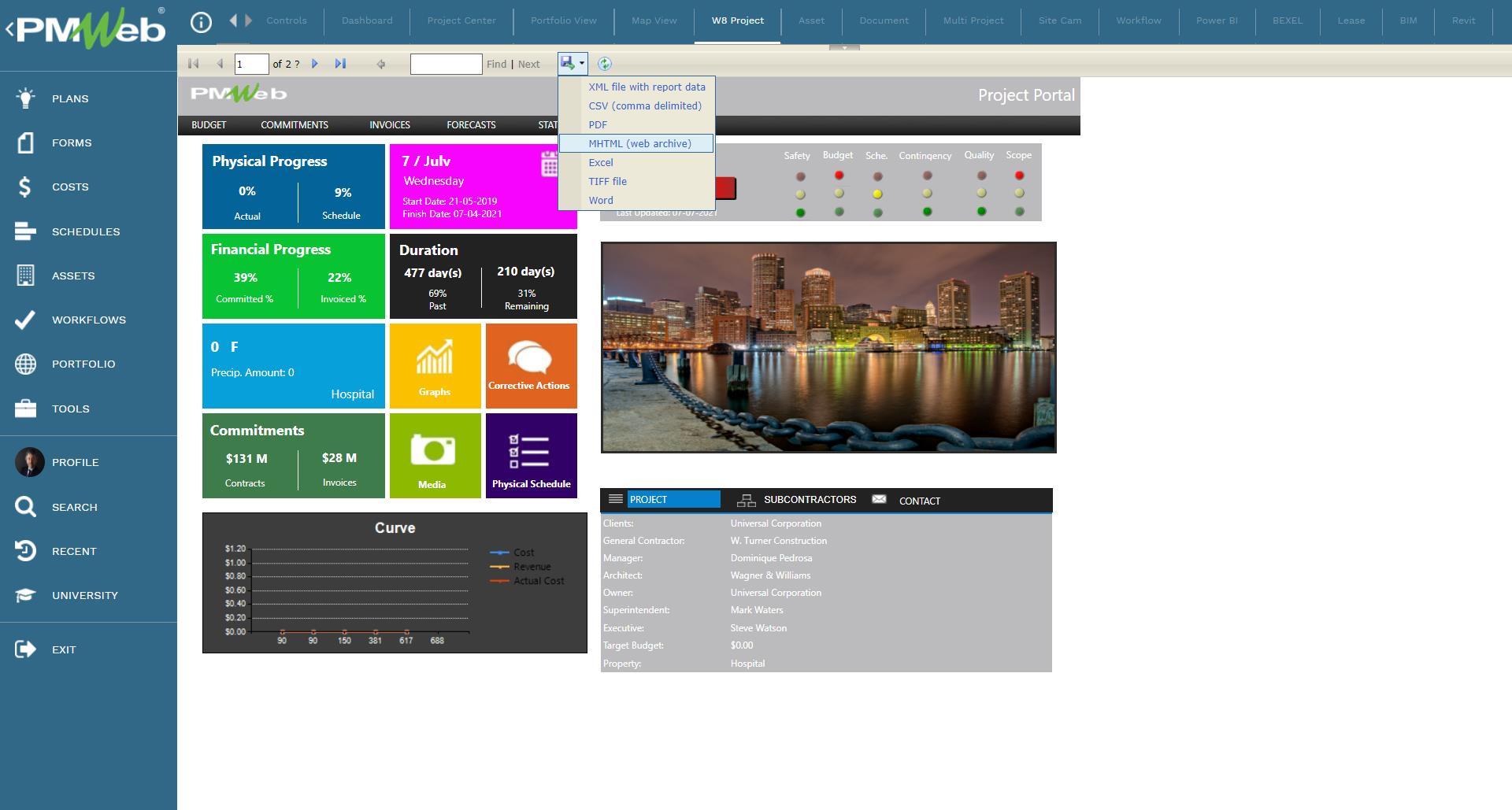
Should the contractor have deployed construction site cameras to monitor the project’s site performance, the monthly progress report can be designed to be embedded with the IP address of the site camera in the progress report. This will enable the report reader to launch the construction camera and view current or past period progress.
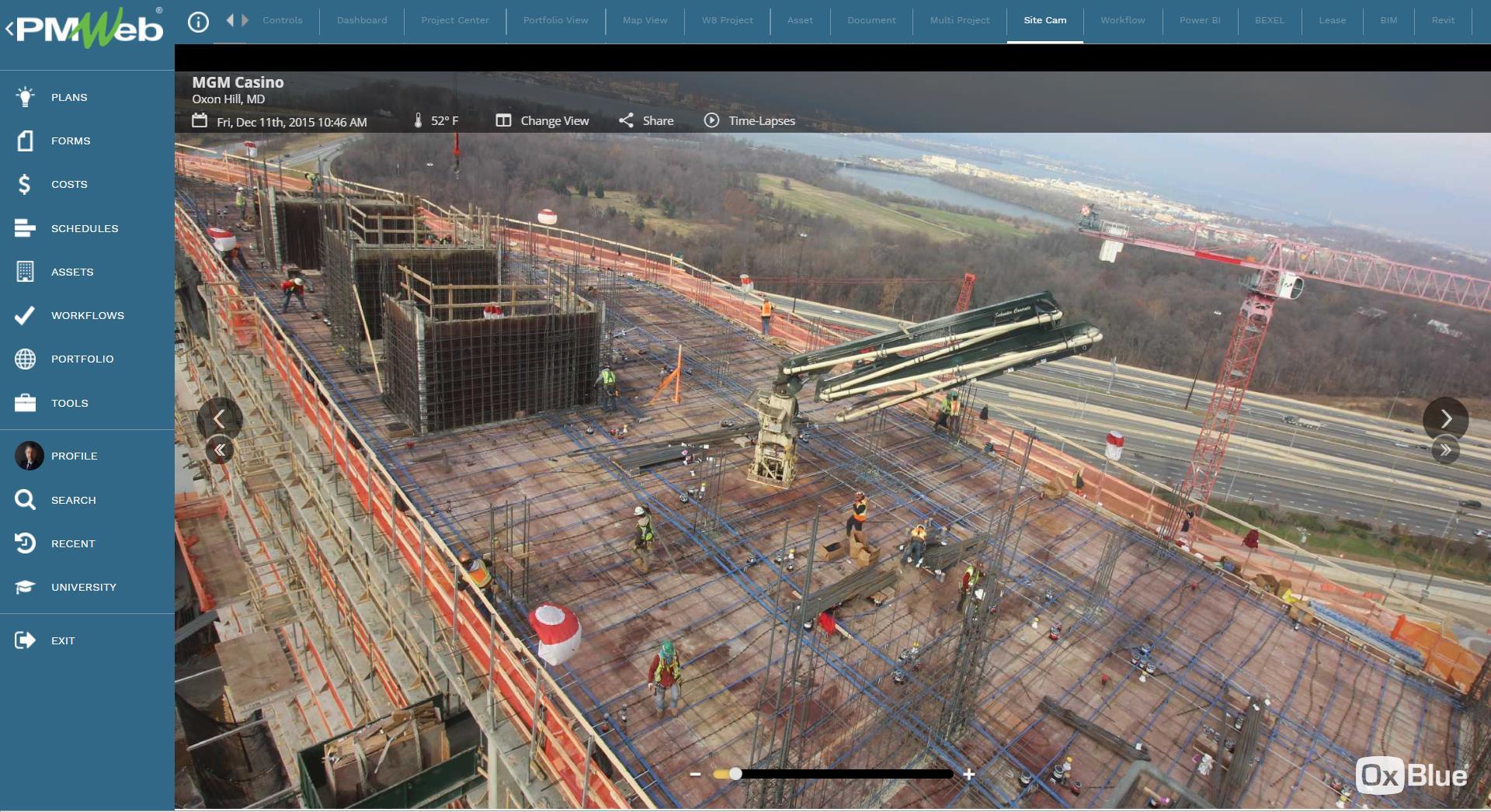
In addition, the contractor can create reports or dashboards that are specific to one of the project management categories like cost, schedule, health and safety, risks, procurement, contracts, documents, and others. Those reports and dashboards will mainly depend on the data captured in the different business processes the contractor has decided to manage using PMWeb.
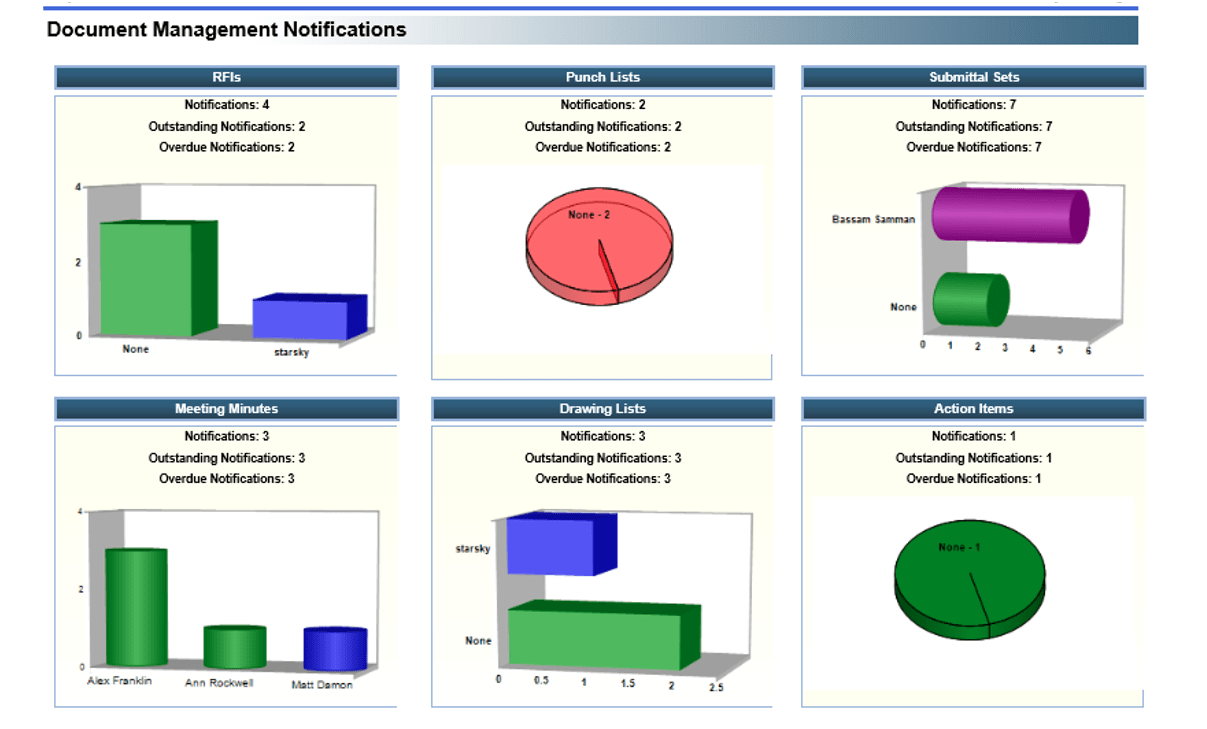
Since PMWeb will enable the contractor to manage all their capital construction projects on the same platform, a projects’ portfolio dashboard can be also generated to provide overall monitoring, evaluating, and reporting the performance of all projects, programs, or selected projects from the entity portfolio. PMWeb allows assigning the geospatial location of each project to display the overall projects performance status at their location.
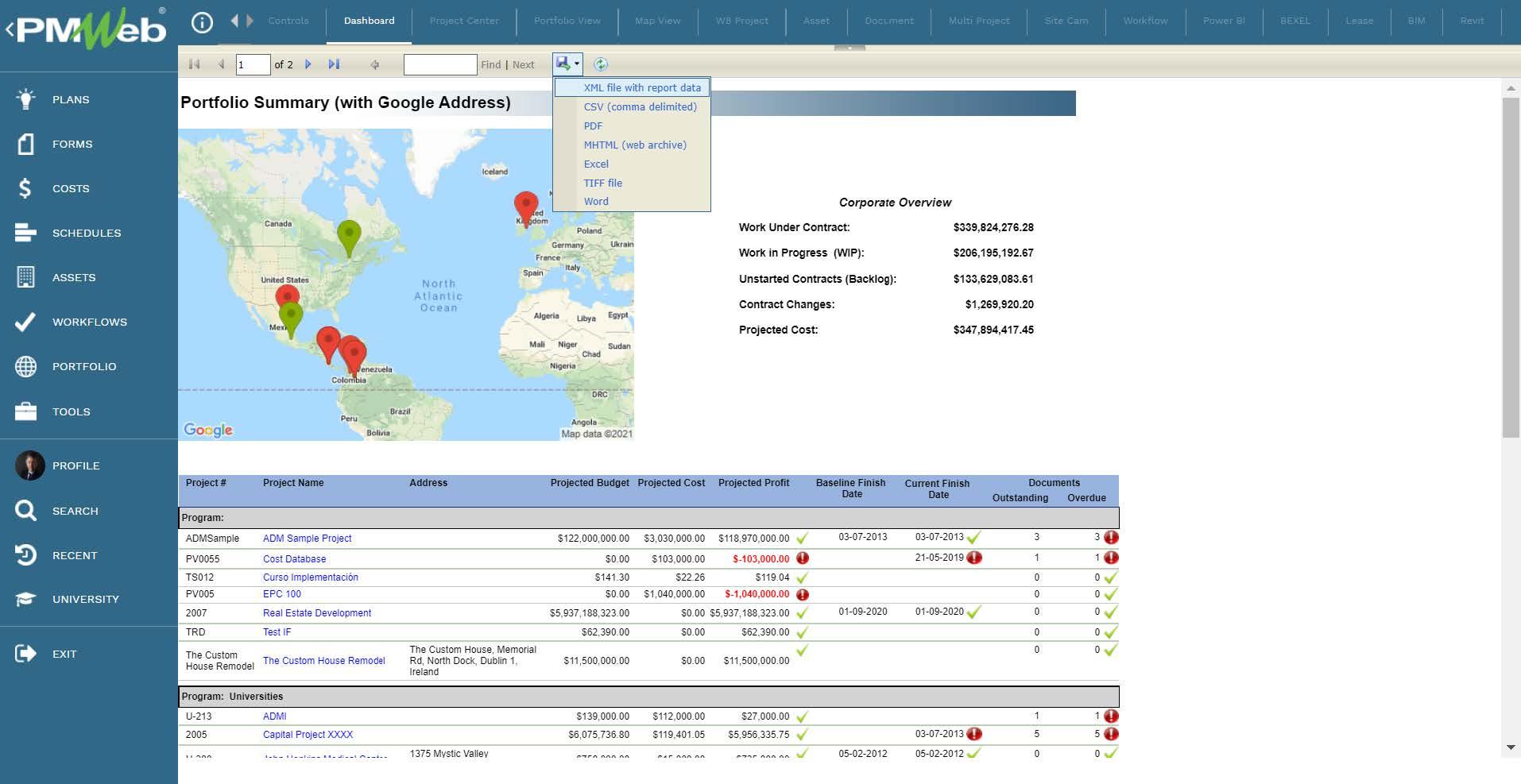
Finally, since the contractor who is using a PMIS will have access to all information associated with his projects readily available on the same platform, the contractor can use business intelligence and data visualization tools like MS Power BI to dice, slice, and analyze the captured information to identify trends, data correlation, and other indicators that will improve the contractor’s ability to predict future results based on today’s information and knowledge.
